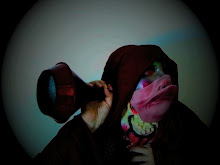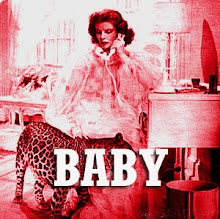Luigi Russolo (1885-1947) Italian Futurist, painter, musician and composer
Statement:
Ancient life was all silence. In the 19th century, with the invention of machines, Noise was born... by selecting, coordinating, and controlling all the noises, we will enrich mankind with a new unsuspected pleasure of the senses."
The Italian Futurist, Luigi Russolo came to sounds from painting through poetry. Russolo invented a series of individual instruments 'Intonarumori'. They were named and categorized according to their sound, its pitch, frequency, and intensity — creating a music that let the instruments "speak for themselves". Russolo presented his musical theories in a manifesto entitled 'L'arte dei rumori' (The Art of Noises) in 1913. The noise-generating instruments (hand-activated large scale boxes with megaphones attached) allowed the inclusion of 'noise' into musical composition. Russolo's first 'art-of-noises' concert for 18 Intonarumori', caused a huge scandal in
"We must break out of this limited circle of sounds and conquer the infinite variety of noise-sounds." —Luigi Russolo
Russolo invented noise machines called intoners (Intonarumori)
arranged in 6 groups
1 rumbles
roars
explosions
crashes
splashes
booms
2 whistles
hisses
snorts
3 whispers
mummers
mumbles
grumbles
gurgles
4 screeches
creaks
rustles
buzzes
crackles
scrapes
5 noises made by percussion on:
metal
wood
skin
stone
terracotta
etc.
6 voices of animals and men:
shouts
screams
groans
shrieks
howls
laughs
wheezes
sobs
With the 'art-of-noises', Russolo wanted to open the concept of 'music' to the very noises that music traditionally excludes. Russolo participated in all Futurist soirées and exhibitions. In 1914 Russolo and Marinetti gave twelve performances of the 'Intonarumori' at the London Coliseum. Marinetti claimed that 30,000 people had witnessed the music of the future. In 1921 Russolo held three concerts in
Russolo work starts to give me a frame to categorize aspects of sound and or make up my own, which has kept me a bit stuck for a while now.














1 comment:
Great post. I am using Russolo as somewhat of a starting point for my thesis on noise music, as it is one of the first recorded attempts at bringing noise into music.
I am curious though, do you think we even need to delineate the categories of noise at all? In breaking them into such sections it seems perhaps in a Deleuzian sense we are striating noise, restricting it in some way.
Should we not though allow noise to refer to the nomadic, to that which can never be caught; thus signalling a paradigmatic example of how noise can explode categories?
There is a bit in the manifesto where I think Russolo calls for us to destroy the piano (if I remeber correctly). But I feel nothing should be excluded from the musical composition; rather than shut down one element to open another should we not let the piano resonate next to Intonarumori?
What do you think Majena?
Post a Comment